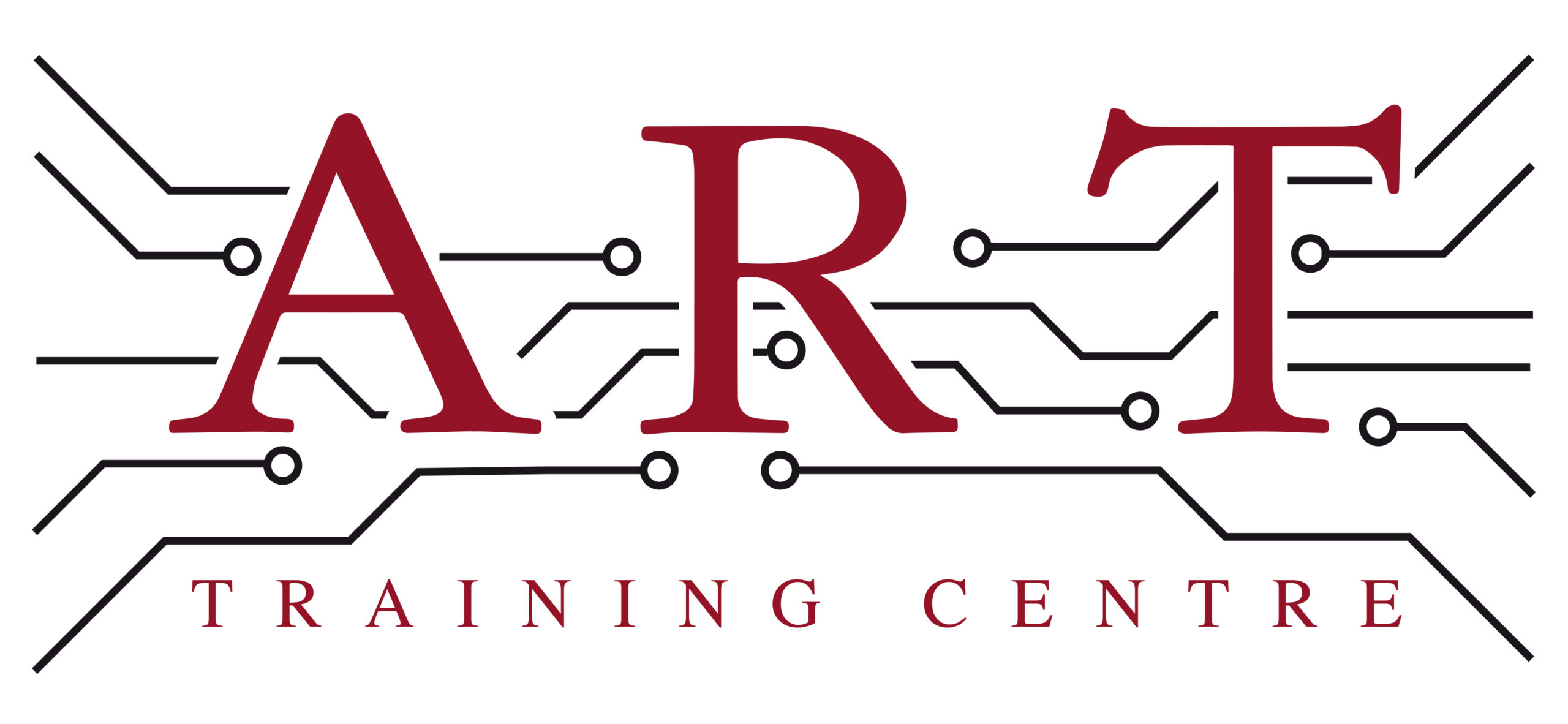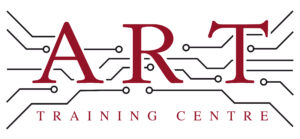Definition
ICT stands for In-Circuit Testing, which is a method used in electronics manufacturing to test assembled printed circuit boards (PCBs). It involves using a test fixture to connect probes to the circuit, allowing technicians to check for faults, shorts, and other issues. ICT is essential for ensuring that electronic devices function correctly and meet quality standards before they are fully assembled.
How It’s Used in the Industry
In-Circuit Testing (ICT) is applied during the electronics assembly process, particularly for printed circuit boards (PCBs). The process begins with the assembly of components onto the PCB, followed by the creation of a test fixture customised for the specific board design. Technicians then connect the fixture to the PCB, allowing automated test equipment to measure various electrical parameters. This step identifies defects such as incorrect components, soldering issues, or open circuits. ICT is crucial for both trainees and experienced professionals as it enhances troubleshooting skills and ensures high-quality production, ultimately reducing rework and improving reliability.
History & Origins
In-Circuit Testing (ICT) became common in the electronics manufacturing industry in the 1970s, as the complexity of electronic circuits increased. Early adopters recognised the need for efficient testing methods to ensure quality control. The development of standards, such as those from IPC (Institute for Printed Circuits), further established ICT as a vital process in the industry. Advances in technology, such as automated test equipment and improved testing techniques, have made ICT an integral part of modern electronics manufacturing, allowing for faster and more reliable testing of PCBs.
Variations
There are several variations of In-Circuit Testing (ICT), including functional testing and boundary scan testing. Functional testing evaluates the overall performance of a completed circuit, while boundary scan testing uses a specific protocol to check connections without physical probes. Unlike ICT, which focuses on individual components and their connections, these methods may assess the entire system’s functionality. Understanding these variations helps learners appreciate the different approaches to ensuring electronic reliability and quality in manufacturing.
Modern Applications
Today, In-Circuit Testing (ICT) is widely used in electronics production, repair, and professional training. It is relevant for both surface mount and through-hole assembly techniques, ensuring that PCBs meet stringent quality and reliability standards. ICT plays a crucial role in compliance with IPC standards, helping manufacturers maintain high levels of product integrity. As technology evolves, ICT continues to adapt, integrating with advanced assembly processes and automated testing systems to enhance efficiency and accuracy in electronics production.
Practical Tips & Training
When working with In-Circuit Testing (ICT), it is essential to follow safety protocols, such as using proper personal protective equipment. Familiarise yourself with inspection techniques to identify potential faults before testing. Useful tools include test fixtures and automated test equipment, which are vital for effective ICT. Structured training and certification in electronics are important for mastering ICT, as they provide the foundational knowledge and skills necessary to ensure quality in electronic manufacturing.


